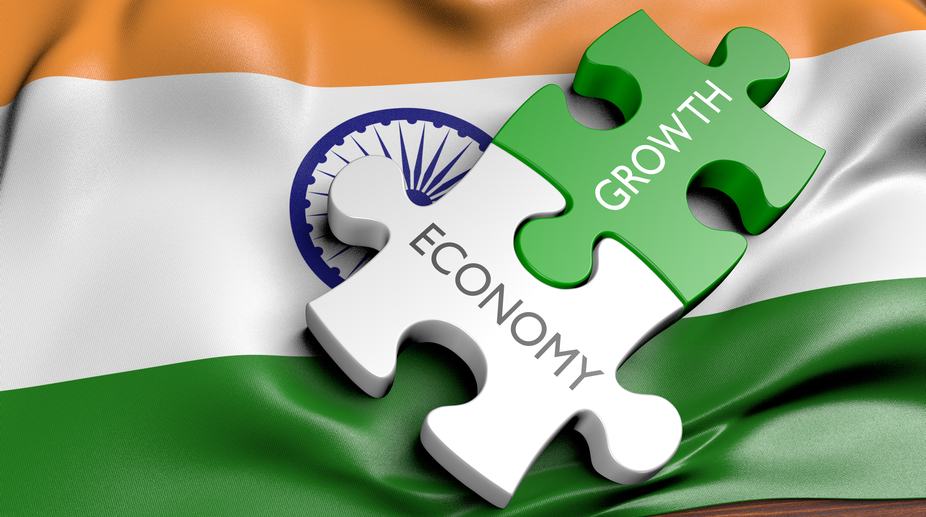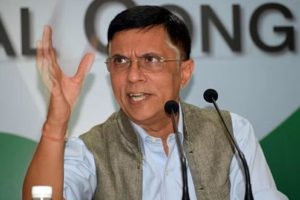The Indian economy is expected to grow at 7.4 per cent in the current fiscal and accelerate further to 7.8 per cent as it recovers from the impact of demonetisation and GST rollout, IMF said on Wednesday.
Asia continues to be the main engine of the world’s economy, accounting for more than 60 per cent of global growth three-quarters of which comes from China and India alone, as per IMF’s Regional Economic Outlook: Asia and Pacific (REO).
Advertisement
“But there are risks and challenges ahead, including from a tightening of global financial conditions, a shift toward inward-looking policies, and over the long run population ageing, slowing productivity growth, and the rise of the digital economy,” it said.
Asia is expected to grow at 5.6 per cent this year and next, it said, adding that the outlook is supported by strong global demand, as well as still accommodative policies and financial conditions.
“In India, growth is forecast to rebound to 7.4 percent in FY 2018/19 as the economy recovers from disruptions related to the currency exchange initiative and the rollout of the new Goods and Services Tax,” it said.
China, it said, is projected to grow at 6.6 per cent in the current year which will moderate to 6.4 per cent next year.
Noting that present rates of inflation in Asia are some of the lowest in decades, it said, it has seen some upward movement since September 2017 on the back of rising oil prices.
“But core inflation which excludes food and energy remains low and below target in many economies. In 2017, headline inflation on average was 0.6 percent lower than target in Asian advanced economies, and 0.8 percent under target in Asian emerging market economies,” it said.
The latest report explores why inflation has been so low. And it finds that first that temporary global factors, including commodity prices and imported inflation, have been key drivers of low inflation. But these factors could reverse, and inflation could rise.
According to the report, inflation has become more backward-looking, meaning that past inflation drives current inflation more than future expectations. This suggests that if inflation rises, it may persist.
“Further, there is some evidence that the sensitivity of inflation to economic slack has decreased (i.e., the Phillips curve has flattened), suggesting that if inflation rises, there may be a large hit to output when reducing it,” it said.
All of these mean that central banks should watch out closely for signs of inflation pressure now and stand ready to respond.











